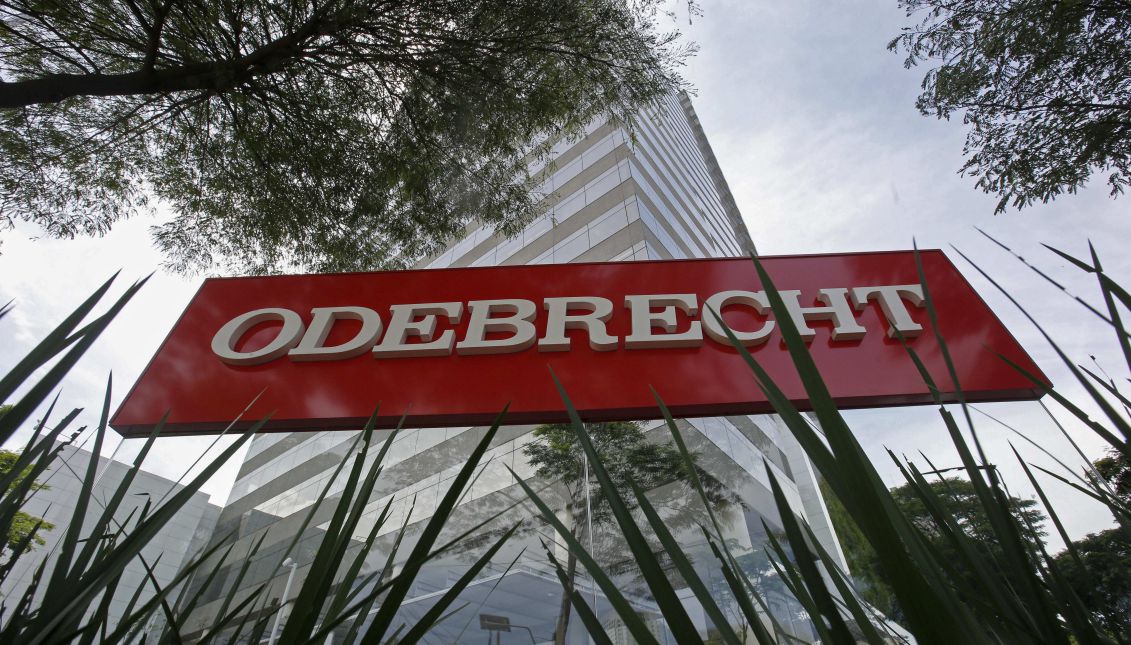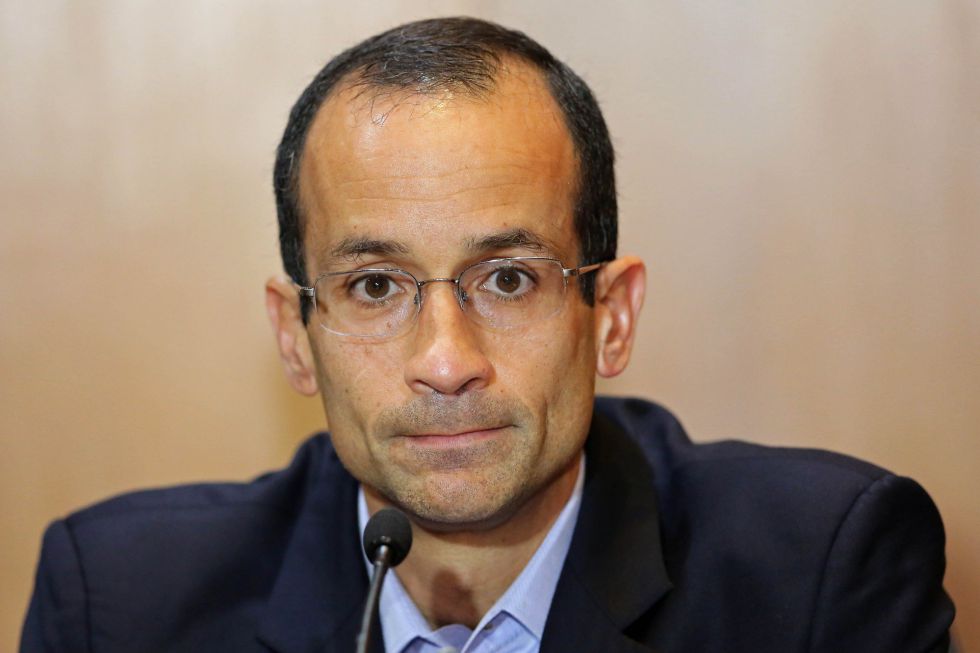RIO DE JANEIRO, BRAZIL – Odebrecht, one of the main symbols of Operation Lava Jato, reached an agreement with its main creditor banks to restructure more than R$50 billion (US$10 billion) in debt. As a result, the company should update its judicial reorganization plan, currently under review at the First São Paulo Bankruptcy Court.

The restructuring vote at a general meeting of creditors is scheduled for March 25th, after the Court accepted the request for deferral lodged by the company, due to the failure to finalize the new plan seven days prior to the meeting that was scheduled for yesterday, and also due to the recommendations to limit the flow of people due to the new coronavirus.
The case includes over 500 creditors, considering the workers and shareholders who sold their shares in the company and have not yet received their payment, but approximately 300 are expected to attend the general meeting.
The judicial reorganization comprises commitments of 20 holding and subholding companies, which have no activity, only controlling the operating companies.
With the six largest banks in the country (Itaú, Bradesco, Banco do Brasil, Caixa, Santander, and BNDES), there are R$34 billion in commitments. The adjustment comes nine months after the group’s application to the Courts for protection against creditors, on June 17th, 2019, and almost five years after the first arrest of Marcelo Odebrecht, grandson of the conglomerate’s founder, Norberto Odebrecht. The company in bankruptcy is advised by Ricardo Knoepfelmacher’s RK Partners and E.Munhoz Attorneys.
The total debts listed amount to R$98 billion, but the voting quorum will be made up of a substantially lower number, as R$10 billion in guarantees for construction insurance companies and R$33 billion in debts among the group’s companies are excluded from the total. The total amount listed makes this the largest ever proceeding of its kind in Brazil. It is also the case with the largest exposure of the national financial system.
In 2017, Oi telecommunications company approved the reorganization of R$64 billion in the courts, but only R$12 billion of this total were committed to banks in Brazil.
The reorganization of Odebrecht’s debt will, in practice, be based on two agreements: a private one, for debts that remain out of the judicial proceedings and the plan to be voted on.

To reorganize its commitments, Odebrecht will have to sell its main operating ventures, including Braskem petrochemical, Atvos ethanol producer, Ocyan drill operator and its stake in Santo Antônio Energia (SAESA), the hydroelectric power plant.
With the sale of Braskem and Ocyan, fully provided as collateral, Odebrecht should pay off the private agreement, which amounts to R$15 billion. To do so, it will have three years to dispose of the petrochemical plant and four years for the oil rig company. Within these terms, the banks will not enforce the guarantees, despite the outstanding debts.
Should there be any surplus resources, these will be used for the commitments restructured in the reorganization plan. The debts within the proceedings will be exchanged for new ones, a bond known as a profit-sharing debenture – a mixture of stock and debt.
These new bonds will mature within 40 years (25 extendable for another 15). They will be entitled to collect the surplus, if any, from the sale of Braskem and Ocyan, plus Atvos and SAESA. Should Odebrecht be entitled to dividends over this period, part of them not used for minimum cash to sustain the business will be shared among creditors. There is little prospect of recovering the value of these bonds.
The group’s plan is to try to rebound from its original construction business. The company today called OEC, Odebrecht Engenharia e Construção, is experiencing a severe reputation crisis since Operation Lava-Jato. This activity laid the foundations for the formation of one of the largest conglomerates in the country in 1944, in Bahia, and also the one that placed the group at the heart of the country’s largest corruption scandal.
In 2015, when business was at its peak, the group’s turnover exceeded R$130 billion and the number of direct employees in Brazil and other countries was around 120,000 people. Today, the consolidated total revenue does not exceed R$85 billion and more than 70 percent of the total revenue is generated by Braskem. The number of employees is around 40,000.
In addition to the judicial reorganization of the Odebrecht holding company and its other 19 companies, Atvos has its own proceeding, with R$11 billion in debts. The meeting of this company’s creditors is scheduled for March 27th but should be postponed. It will be the first company officially put up for sale by the conglomerate. Finally, OEC is undergoing private reorganization to renegotiate US$3.1 billion in bonds issued on the international market.
Source: Exame

